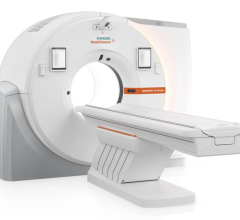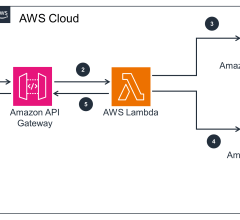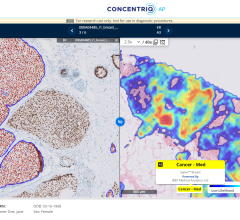The American Recovery and Reinvestment Act (ARRA) of 2009 changed the healthcare IT landscape for providers by offering money in exchange for the adoption and implementation of electronic medical records (EMR). One year later, the Affordable Care Act (ACA) upped the ante with new regulations for privacy, accountable care and insurance coverage. The combination of the two acts has left most providers and provider organizations struggling to see the forest through the trees as the deadlines to comply with both acts draw ever closer.
Landmark Legislation
Controversial from the start, the ACA was landmark legislation when it passed three years ago. It remains front and center after being tested by the Supreme Court, a presidential re-election, and most recently, a government shutdown. Like the ARRA, much of it is yet to be written, requiring tens of thousands of pages of regulations to explain the details. And like the ARRA, it is deeply flawed in places and will require many years of refinement.
The ACA tries to supercharge the required transition from a reactive, episodic care-based payment system to one that might reward preventive care, wellness and patient outcomes. Providers generally see the promise, but they almost universally question the ability of the law to achieve its outcomes, particularly in light of modern medicine’s rapidly changing cost factors.
Healthcare is getting more expensive, and the healthcare IT transition mandated by the ARRA has not yet reached the break-even point for expense control for many — if not most — provider organizations. Demand is down in many segments, particularly for inpatient and elective procedures, and margins are under heavy pressure.
To make matters worse, regulatory oversight is rising and highly unpredictable. As an example, on Sept. 1, 2012, CMS finalized a rule that gave eligible providers until July 1, 2014, to begin attestation for Meaningful Use. Up to that point, providers generally believed they had 15 months longer. In contrast, the ICD-10 implementation date was arbitrarily delayed a full year in August 2012 from Oct. 1, 2013, to Oct. 1, 2014. Regulatory changes of this nature are difficult to predict and require flexibility and preparation from providers.
Focus on Goals
This year is the final sprint toward ARRA and ACA’s deadlines. Surviving this environment will require providers to focus on achieving the following goals over the course of 2014:
1. Reduce expenses, both per-patient and fixed overhead. Admittedly, this is easier said than done.
2. Where practical, grow larger through acquisition or affiliation. This spreads fixed overhead over a larger patient volume and allows much more efficient team-based and whole-patient care. Growth must, however, be calculated and managed to capture these savings. Rapidly growing organizations must be watchful to avoid operational and cultural traps.
3. Achieve Meaningful Use and avoid ARRA Medicare penalties. Providers who have missed Meaningful Use to date are now looking
at reduced awards and penalties (amounting to small but significant percentages of CMS billing) beginning in 2015.
4. Achieve ICD-10 compliance on time (by Oct. 1, 2014) without destroying the organization. While ICD-10 is critical (not billing with ICD-10 is simply not survivable for most providers), this has become the “Y2K” for healthcare. Caution, particularly around involving physicians and mid-level providers in the minutiae of coding, is strongly advised.
5. Pursue transparency for quality outcomes and cost. Payors, employers and patients are all watching these very carefully, and organizations that are not forthcoming will become less favored over time.
6. Pursue transformation in long-term healthcare, including population health, chronic disease management and wellness. Fee-for-service is likely to become far less sustainable as a primary business model over time.
7. Reduce clinical variation, both by pursuing good evidence (where available) and by achieving agreement on leading practices among providers. Much of the variability in clinical care is not associated with improved outcomes, and some of it is actively harmful, both in cost and patient outcomes.
8. Recognize and honor the risk you own. Health systems have always “owned” the risk for charity and “self-pay” patients. The ones who recognize and accept this are much more likely to provide good care and keep costs under control.
9. Look for whole-patient (“accountable”) care opportunities within your own orbit. While the ACA set out the framework for accountable care organizations, the reality in 2013 is that these are still embryonic. Organizations that begin at home will be ready for risk-sharing moving forward.
10. Treat your IT expenditures as long-term investments, not expenses. Organizations should expect to spend an increasing percentage of capital dollars building technology assets. Acquire standards-based IT assets that will stand the test of time. Expect, plan and capture the hard- and soft-dollar returns from them. Organizations that view IT simply as an expense will forego future profits in the pursuit of short-term efficiency.
Dick Taylor, M.D., is managing director and chief medical officer of MedSys Group’s Advisory Services Division. He focuses on integrating IT efforts with the clinical and operational ownership needed to capture permanent and positive changes within healthcare institutions.


 July 30, 2024
July 30, 2024 








